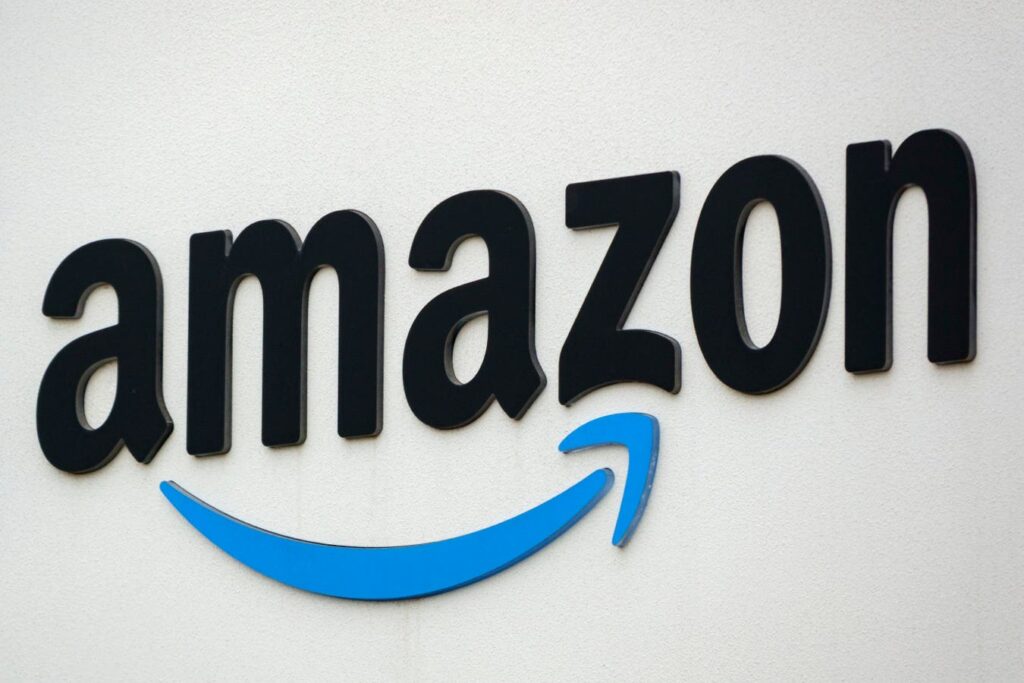Amazon.com (NASDAQ:AMZN) stock price is currently trading 20% below its February peak of over $240. This decline followed the imposition of tariffs by President Trump on several of the U.S.’s trading partners. Since then, the government has been actively pursuing new trade agreements, most recently achieving a landmark deal with the UK.
The specifics of the U.S.-UK agreement indicate that the U.S.’s baseline 10% tariff is likely to persist for most other trading partners, with minimal exceptions. However, the exemption of steel and aluminum from tariffs in this deal suggests a greater willingness to negotiate sectoral tariffs than previously anticipated.
This flexibility in the U.S.-UK deal could also foster some optimism that a trade agreement with China, a crucial factor for companies like Amazon given the significant volume of Chinese goods sold on its platform, could eventually be reached. Although Amazon undoubtedly faces inherent risks that could exert downward pressure on its stock, it’s also plausible that some of these potential headwinds are already factored into the current price.
Our positive assessment of Amazon’s stock stems from a comparative analysis of its present valuation against its recent operating performance, as well as its current and historical financial standing. Our evaluation of Amazon.com across crucial dimensions—Growth, Profitability, Financial Stability, and Downturn Resilience—reveals a robust operating performance and a sound financial condition, as elaborated below. That said, if you seek upside with lower volatility than individual stocks, the Trefis High Quality portfolio presents an alternative – having outperformed the S&P 500 and generated returns exceeding 91% since its inception. Also, see – Google’s $1 Trillion Problem: Stock To Crash 40%?
How Does Amazon.com’s Valuation Look vs. The S&P 500?
Going by what you pay per dollar of sales or profit, AMZN stock looks slightly expensive compared to the broader market.
- Amazon.com has a price-to-sales (P/S) ratio of 3.2 vs. a figure of 2.8 for the S&P 500
- Additionally, the company’s price-to-free cash flow (P/FCF) ratio is 17.1 compared to 17.6 for S&P 500
- And, it has a price-to-earnings (P/E) ratio of 31.5 vs. the benchmark’s 24.5
How Have Amazon.com’s Revenues Grown Over Recent Years?
Amazon.com’s Revenues have seen notable growth over recent years.
- Amazon.com has seen its top line grow at an average rate of 10.7% over the last 3 years (vs. increase of 6.2% for S&P 500)
- Also, its quarterly revenues grew 9% to $156 Bil in the most recent quarter from $143 Bil a year ago (vs. 4.9% improvement for S&P 500)
How Profitable Is Amazon.com?
Amazon.com’s profit margins are around the median level for companies in the Trefis coverage universe.
Does Amazon.com Look Financially Stable?
Amazon.com’s balance sheet looks strong.
- Amazon.com’s Debt figure was $131 Bil at the end of the most recent quarter, while its market capitalization is $2.0 Tril (as of 5/8/2025). This implies a strong Debt-to-Equity Ratio of 6.4% (vs. 21.5% for S&P 500). [Note: A lower Debt-to-Equity Ratio is desirable]
- Cash (including cash equivalents) makes up $101 Bil of the $625 Bil in Total Assets for Amazon.com. This yields a strong Cash-to-Assets Ratio of 16.2% (vs. 15.0% for S&P 500)
How Resilient Is AMZN Stock During A Downturn?
AMZN stock has seen an impact that was slightly better than the benchmark S&P 500 index during some of the recent downturns. Worried about the impact of a market crash on AMZN stock? Our dashboard How Low Can Amazon.com Stock Go In A Market Crash? has a detailed analysis of how the stock performed during and after previous market crashes.
Inflation Shock (2022)
- AMZN stock fell 56.1% from a high of $186.57 on 8 July 2021 to $81.82 on 28 December 2022, vs. a peak-to-trough decline of 25.4% for the S&P 500
- The stock fully recovered to its pre-Crisis peak by 11 April 2024
- Since then, the stock has increased to a high of $242.06 on 4 February 2025 and currently trades at around $190
Covid Pandemic (2020)
- AMZN stock fell 22.7% from a high of $108.51 on 19 February 2020 to $83.83 on 12 March 2020, vs. a peak-to-trough decline of 33.9% for the S&P 500
- The stock fully recovered to its pre-Crisis peak by 14 April 2020
Global Financial Crisis (2008)
- AMZN stock fell 65.3% from a high of $5.04 on 23 October 2007 to $1.75 on 20 November 2008, vs. a peak-to-trough decline of 56.8% for the S&P 500
- The stock fully recovered to its pre-Crisis peak by 23 October 2009
Putting All The Pieces Together: What It Means For AMZN Stock
In summary, Amazon.com’s performance across the parameters detailed above are as follows:
- Growth: Very Strong
- Profitability: Neutral
- Financial Stability: Very Strong
- Downturn Resilience: Neutral
- Overall: Strong
Considering the company’s robust performance across the aforementioned key areas, coupled with a seemingly reasonable valuation of 3.2 times its trailing revenues, we believe that AMZN stock appears to present an attractive investment opportunity.
While it looks like there is upside to AMZN stock, the Trefis Reinforced Value (RV) Portfolio, has outperformed its all-cap stocks benchmark (combination of the S&P 500, S&P mid-cap, and Russell 2000 benchmark indices) to produce strong returns for investors. Why is that? The quarterly rebalanced mix of large-, mid- and small-cap RV Portfolio stocks provided a responsive way to make the most of upbeat market conditions while limiting losses when markets head south, as detailed in RV Portfolio performance metrics.
Read the full article here


